Vintage Anatolian Jijim Rug 3' 6" x 4' 7" (42" x 55")
Type:
Kilim RugsCollection:
JijimsID:
K0073223Size:
Material:
Design Elements
- Pattern:
- The rug features a vibrant hexagonal motif layout.
- Each hexagon is beautifully filled with intricate floral and geometric patterns.
- The arrangement creates a rhythmic balance throughout the design.
- Border Design:
- The edges of the rug showcase a colorful braided border, adding a finishing touch.
- This border serves as a frame for the main design, enhancing visual appeal.
Design Elements
- Pattern:
- The rug features a vibrant hexagonal motif layout.
- Each hexagon is beautifully filled with intricate floral and geometric patterns.
- The arrangement creates a rhythmic balance throughout the design.
- Border Design:
- The edges of the rug showcase a colorful braided border, adding a finishing touch.
- This border serves as a frame for the main design, enhancing visual appeal.
- Texture:
- The jijim technique used in weaving adds an interesting texture to the rug.
- This technique involves using different colored threads to create a vibrant and tactile surface.
Colors
- Color Palette:
- The rug features rich hues, including deep reds, vibrant blues, and earthy greens.
- Accent colors such as pink, yellow, and orange contribute to its lively aesthetic.
- Color Symbolism:
- Red: Symbolizes strength, vitality, and passion.
- Blue: Represents peace, tranquility, and wisdom.
- Green: Denotes nature, fertility, and renewal.
- Orange: Reflects warmth, happiness, and optimism.
Main Motifs and Their Symbolism
- Flower Motif:
- Symbolizes beauty, life, and the flourishing of nature.
- Flowers are associated with femininity and nurturing qualities.
- Geometric Patterns:
- Geometric shapes signify order, unity, and the connection between earth and the divine.
- They also represent the weaving of life's complexities.
- Folk Symbolism:
- Cultural motifs provide a glimpse into the traditional values and stories of the artisan's community.
- Each design element serves a purpose, often wishing well or conveying a positive message.
Summary
This vintage Anatolian kilim rug, woven using the jijim technique, showcases an intricate design of vibrant hexagons filled with floral and geometric patterns. The rich colors of red, blue, green, and additional bright accents symbolize strength, tranquility, and renewal. The prominent motifs, including stars and flowers, convey messages of hope, beauty, and unity, reflecting the cultural heritage of the region. Overall, the rug serves not only as a decorative item but also as a representation of the artisan's values and traditions.
- Ships in 1-4 business days
- Only one in stock, handmade, unique
- Free shipping via FedEx Express. Easy returns
- Contact us or add a note to your order if you want us to delay your shipping.
- Request more info if you want this rug shorter or narrower
Colors may appear slightly different across various monitors due to screen settings device differences, and external lighting conditions. If color accuracy is important for your space, we recommend viewing the rug on multiple devices or contacting us for a detailed color description. We can provide detailed photos and references using Sherwin-Williams, Benjamin Moore, Pantone, or even Crayola crayons.
You can also visualize most of our products in your own room with AR (augmented reality) on an iPhone or iPad.
Return Policy
Need a rug pad? We recommend RugPadUSA
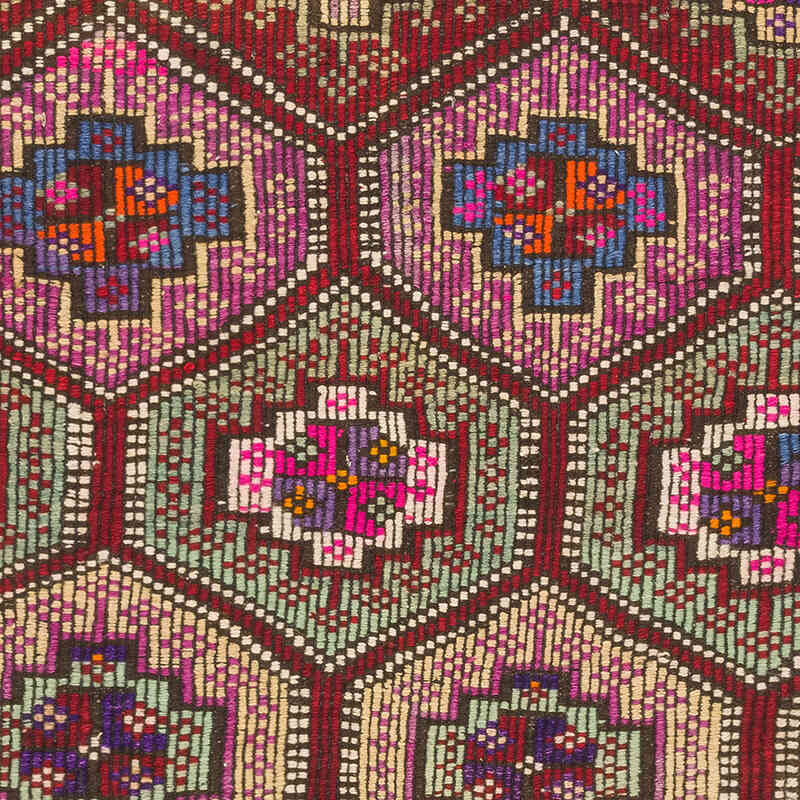
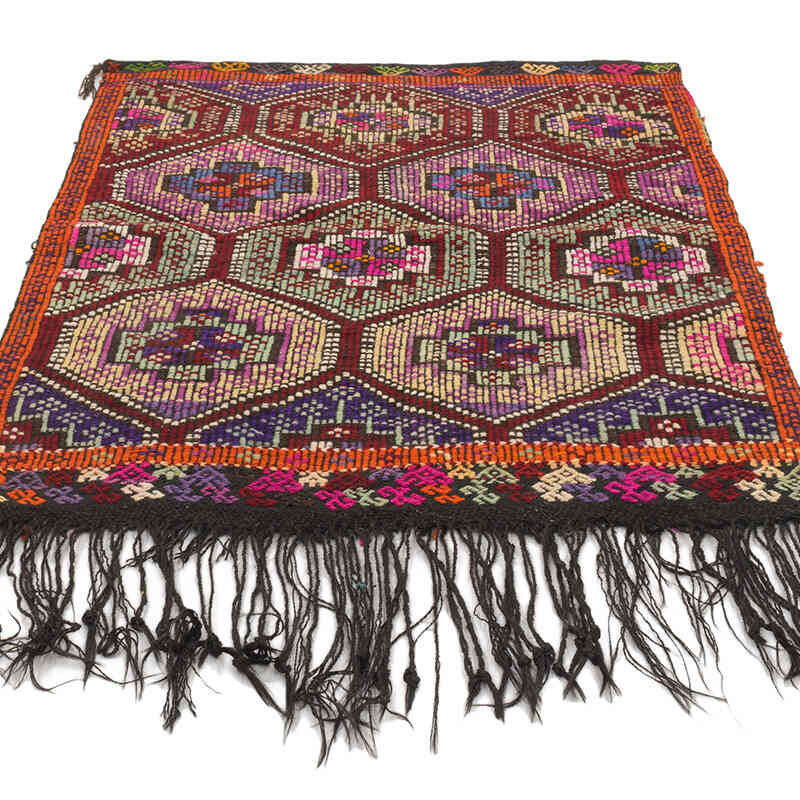
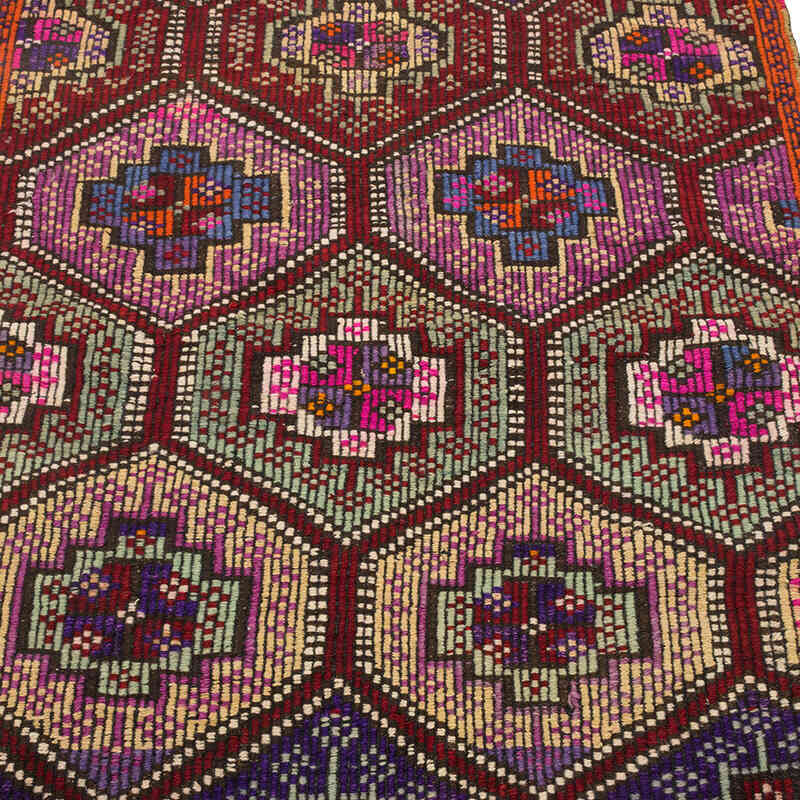
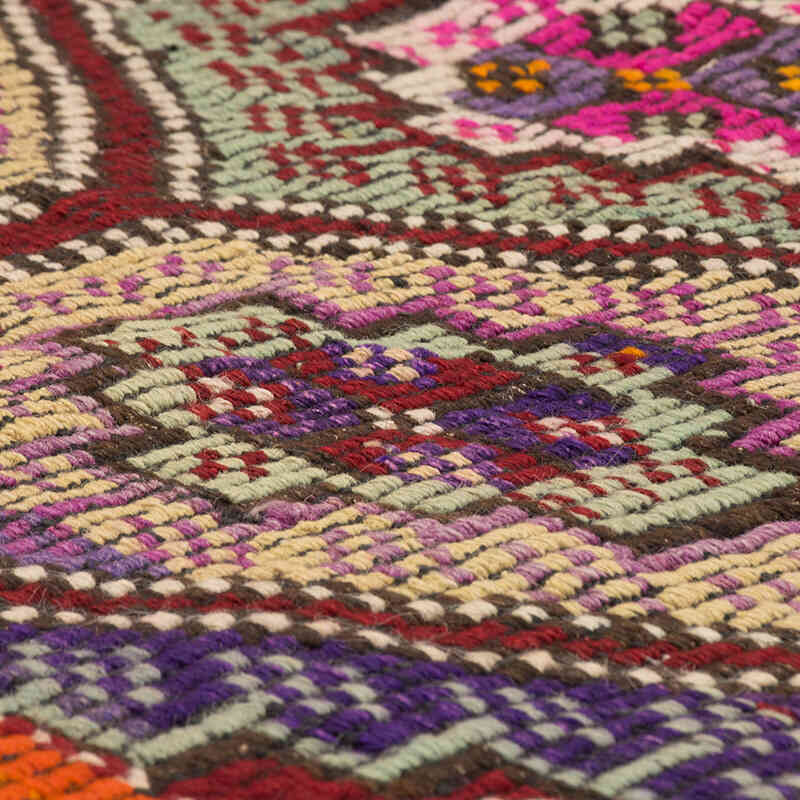
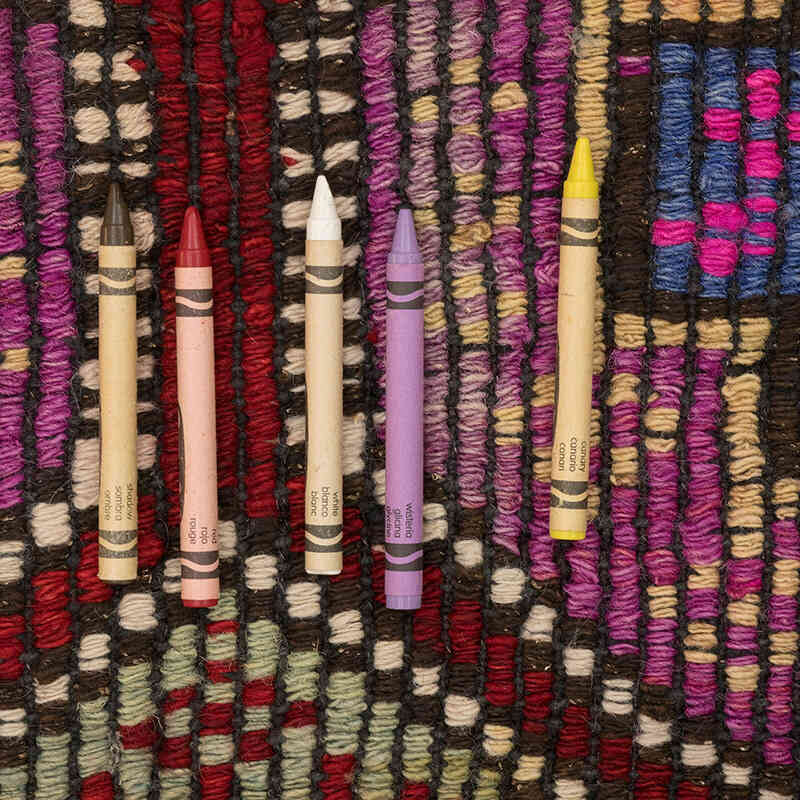
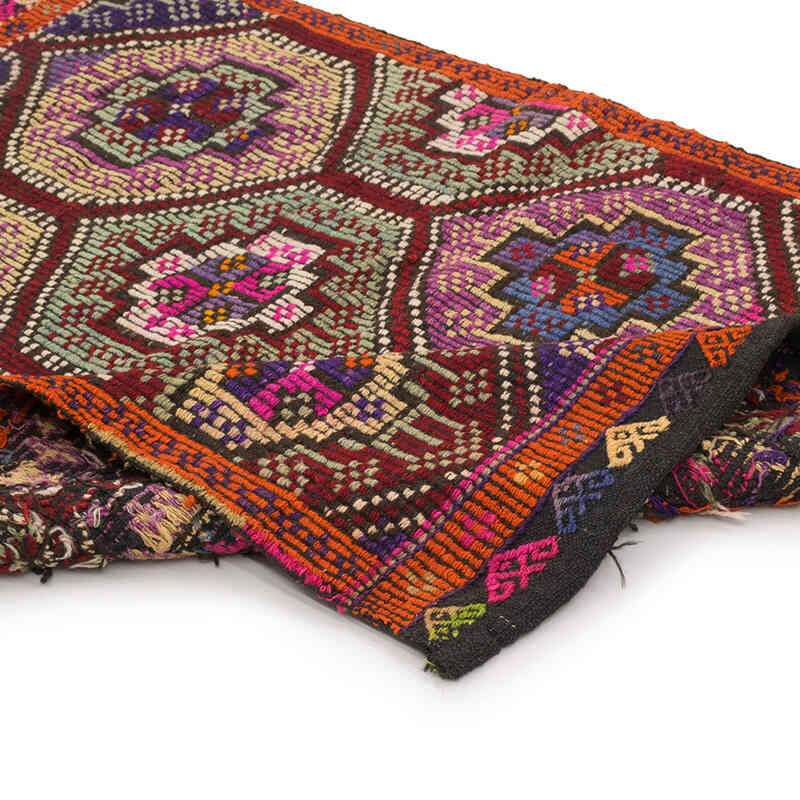
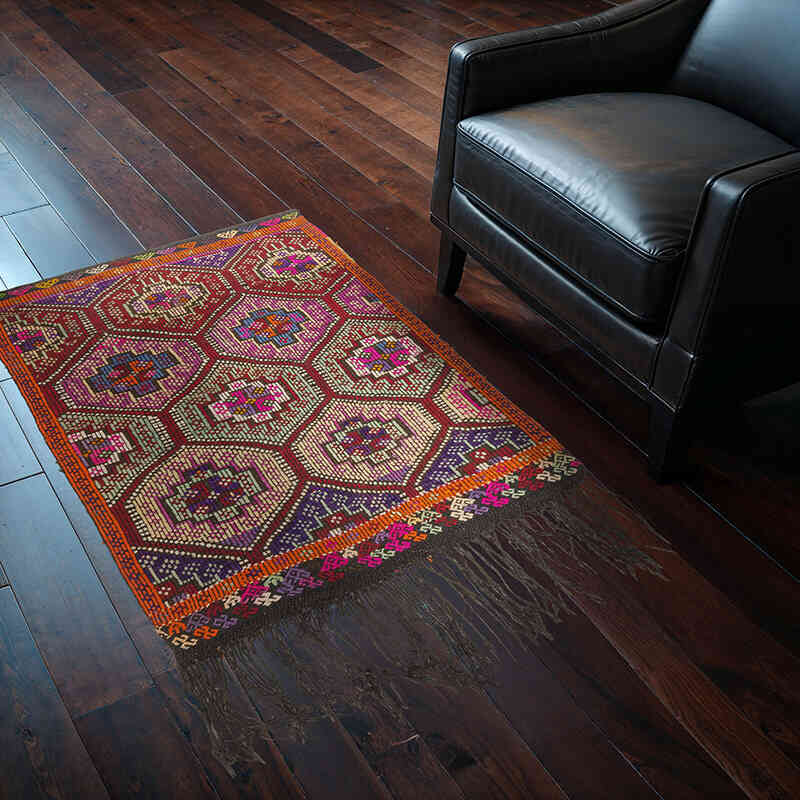
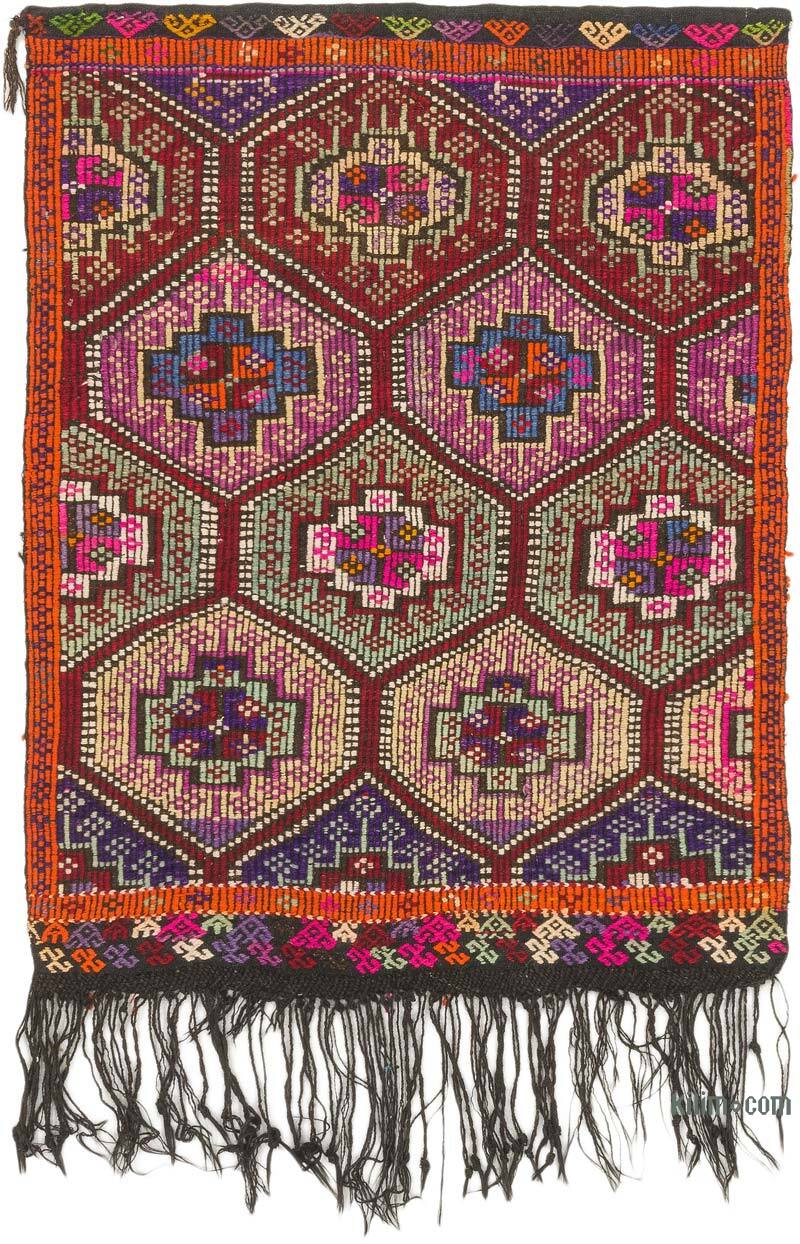
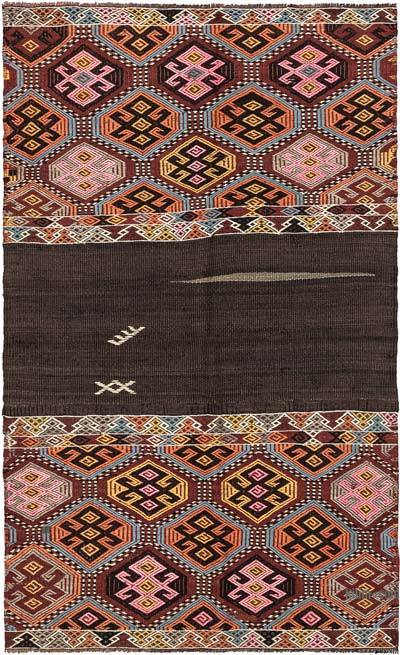
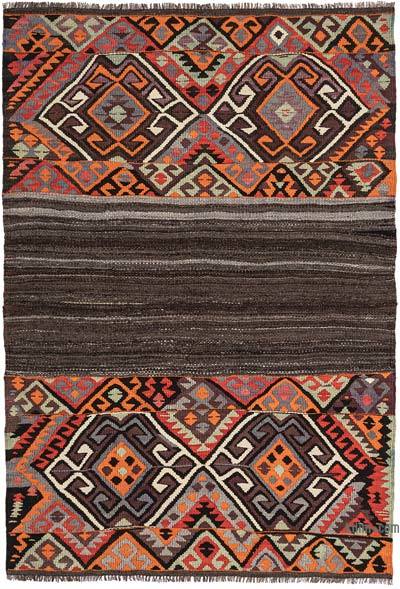
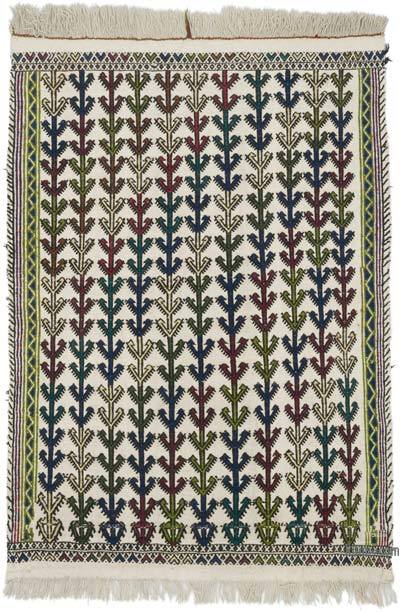

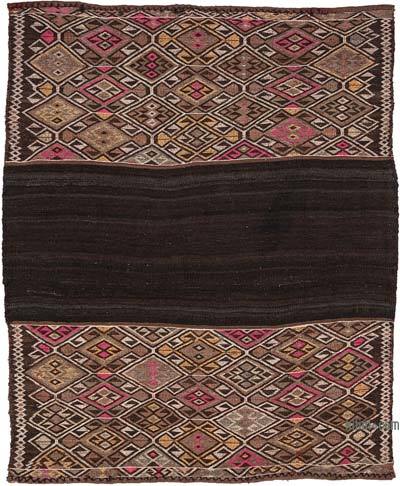
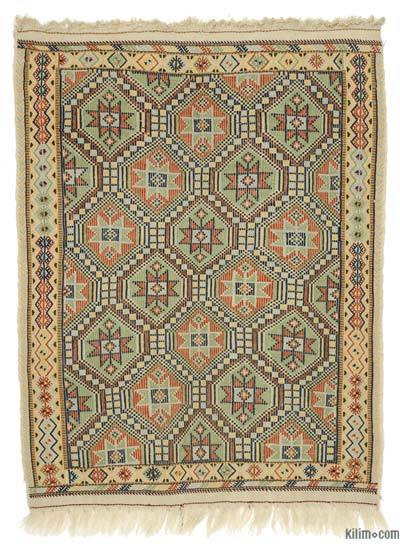
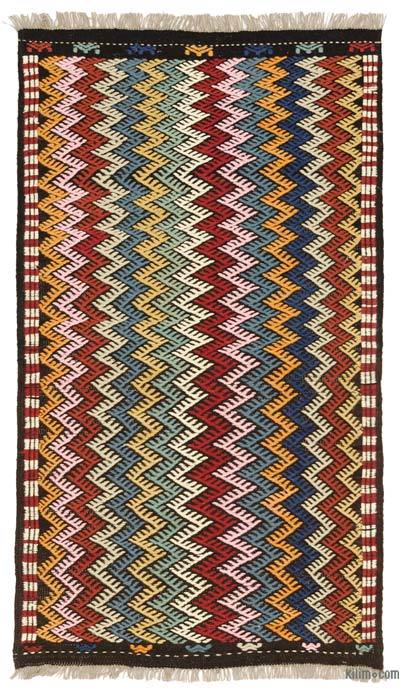


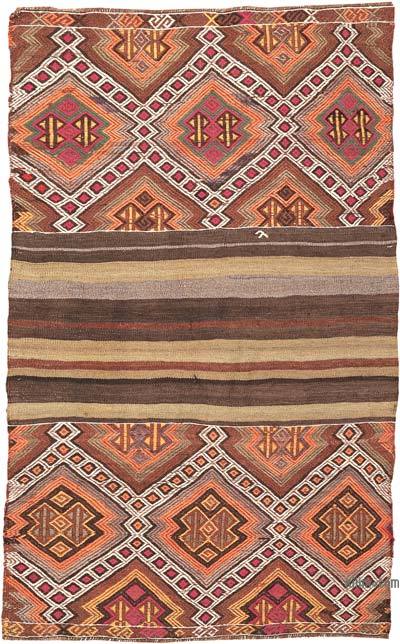
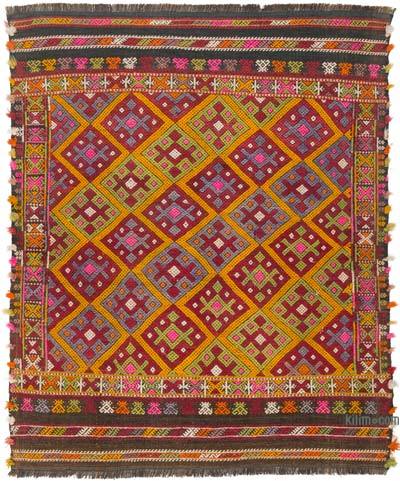
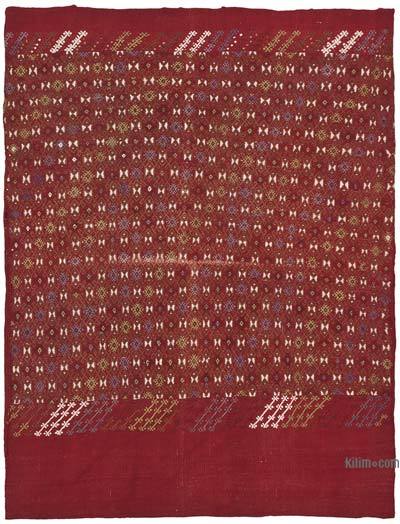
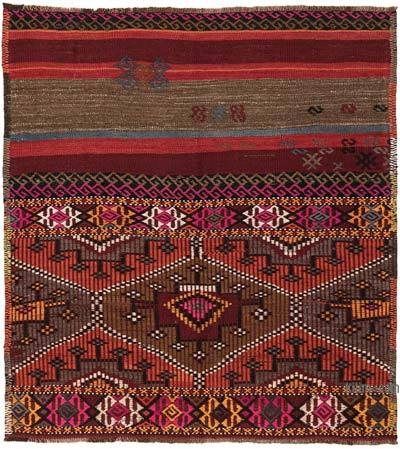
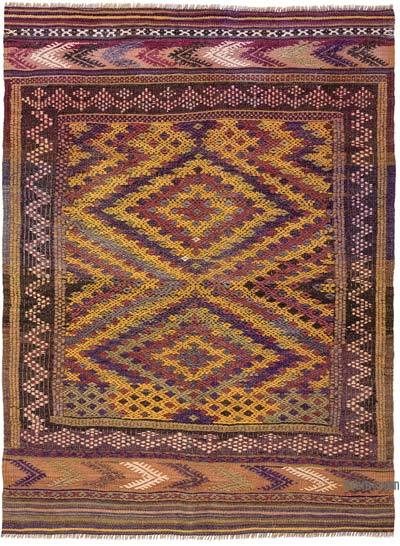

The service was second to one